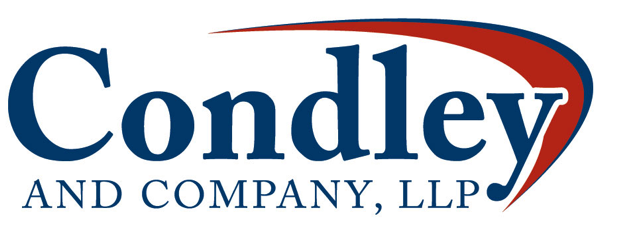
Meeting with the CEO of an East Texas community bank, I was discussing how the pendulum had swung in recent Safety and Soundness exams with the prudential regulators relative to changes encompassed in the Interagency Appraisal and Evaluation Guidelines among other regulatory changes.
We realized that once again we had come full circle – back to being collateral lenders – the old fashion way of getting thru tough times. Let me be clear by saying that cash flow analysis is and shall remain essential to a sound loan presentation on a pre-funding basis or loan review on a post-funding basis. Abjuring from disciplined cash flow analysis has never been an option for community banks.
However, we both reiterated our recent experiences with bank examiners and how, in several instances, the only available remedy, without facing troubled debt restructuring considerations, impairment, and large increases in specific reserves was a strong collateral position supported by a current appraisal and appraisal review.
In some cases, the examiners had virtually no interest in present or future modifications in management, business lines, target market, etc. – the things that are fairly typical of cash flow analysis – where the post-funding modifications or changes were viewed as a smoke screen for a weak overall collateral position and pre-funding collateral analysis.
Are you saying that, as a lender, I can only do real estate loans now? I am saying that you should not place an over emphasis on your cash flow analysis at the expense of clearly identifying and evaluating your collateral, and placing boundaries on how loan funds are advanced at your bank.
Here are 5 keys to help your lending staff and credit administration evaluate their collateral positions effectively in preparation for your next Safety and Soundness exam:
- Adequately identify your collateral on your loan presentations or credit committee memos on a pre-funding basis. The collateral values, with their corresponding Loan To Value ratios, should be project or loan specific as well as compiled globally. Using your Financial Statement Analysis program capabilities to help organize your global and project-specific collateral positions is an easy way to streamline and document your loan presentations or credit memos.
- Reconcile your project-specific and global collateral values with all current appraisals, evaluations, and inspections located in file. Property descriptions on the appraisals should reconcile to the approved loan presentation or credit memo descriptions among other documents. If they do not, you will quickly lose your prudential regulatory audience. The more that you can specifically document on the pre-funding front end with the proper approvals in place, the less you will be explaining on the post-funding back end.
- Although you are probably not a licensed appraiser that should not stop you from properly evaluating your collateral position before you go to loan committee. By computing price per sq. ft. or price per acre, making a note of the collateral breakdown, and comparing the current project with other projects in your portfolio, your due diligence will go a long way toward identifying potential collateral weaknesses prior to committee proceedings and loan approval. Why risk surprises, and possible loan committee resubmissions, when the final appraisals or evaluations do come in – especially when you may already have plenty of examples within your bank’s overall portfolio to make your own comparisons?
- Borrowing base lending should be treated with extra care and diligence. The commercial loan agreement is key in managing overall expectations between your loan officers, credit department, and your borrowers. Your approved loan presentation or credit memo borrowing base terms and LTV requirements for accounts receivable, inventory and equipment, should match the borrowing base terms and LTV requirements on your commercial loan agreement and subsequent borrowing base analysis used in submitting loan advance requests.
- From a credit administration standpoint, loan advances on borrowing base lines of credit should be reviewed on a pre-funding basis. The credit department should check the approved loan presentation with the commercial loan agreement and review the current borrowing base analysis. Funds should only be disbursed when the loan officers are in documented compliance, supported by current listings, valuations, and applicable financial statements, with the loan committee approved borrowing base and LTV criteria that meet current bank policy and prudential regulatory guidelines.
A more principled and disciplined approach to managing your collateral positions should equate to better capital preservation with happier customers and prudential regulators in the long-term.
This general article is not intended to be a substitute for sound legal advice provided by experienced and competent legal counsel nor is it intended to apply to complex loan structures or more technical forms of lending such as construction lending. For more information, contact Gary Welsh, Loan Review and Compliance Manager, at gary.welsh@condley.cpa or 512-850-2041.
About Gary Welsh
As a manager for Condley and Company, L.L.P.’s Banking Services Group, Gary provides loan review and compliance services to financial institutions in the Abilene community. He has earned the Certified Regulatory Compliance Manager designation and is a Licensed Texas Real Estate Broker through the Texas Real Estate Commission (TREC). Click here to read Gary’s complete bio.
